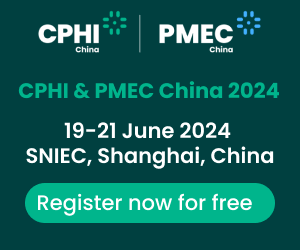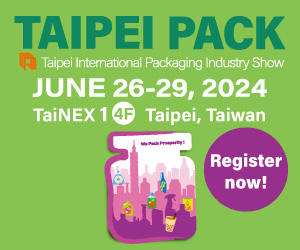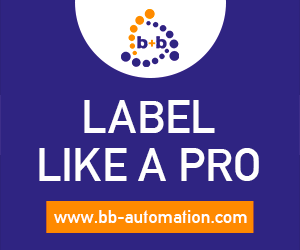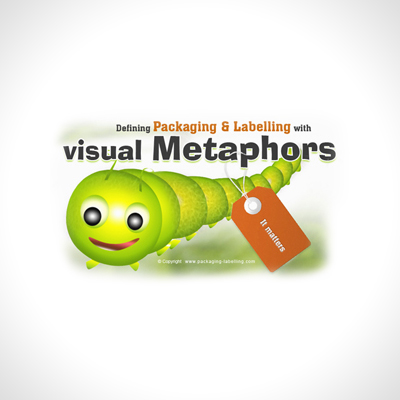Articles
Packaging Industry Plays A Unique Role by Creating Wealth

Unlike many other major industries which create wealth conventionally Packaging industry plays a unique role by creating wealth through a vast range of manufacturing activities and it also preserves the value of many other products manufactured by various industry sectors.
Packaging, was not just considered to be a protective and sealing element in the industry, it is a branding platform that can be absolutely used by a company in today’s modern economic world. A unique packing by itself attracts more sales than a retro or ordinary packing. Packaging has a close relationship with an Indian consumer. A packaging material at times turns to a daily life utility to an average Indian family. Best example can be viewed in a re-used detergent packing box which is used for ever in a household in various applications. A Castrol lubricant can is used as a water container in many situations, and that is India. A consumer’s relation with packaging industry is more than just ‘use and throw.’
In Indian economy, packaging industry served more than just a huge value addition and employment involved, it helped preserving product quality and elongated the shelf life of uncountable product ranges from milk to biscuits, medicines to drugs, processed foods, vegetables and fruits, edible oil, electronic appliances and also industrial machinery which need transportation. India, which is a seriously developing nation, has no room to compromise in terms of packaging where the major concentration has to be on product development and quality handling. Water packaging, which is universally a great concern, was strictly followed by many water supplier companies in India.
Most of the times, market share is determined by the extent of packing a consumer product in a manner that meet the criteria of safety, convenience and attractiveness. In the aggregate, packaging as a sectoral activity boosts consumption and economic growth.
Heightened competition in all product sectors within the country as also the increasing need to look for export markets have contributed to the rising demand for appropriate, and at the same time cost-effective, packaging material and technologies.
The packaging industry’s growth has led to greater specialization and sophistication from the point of view of health (in the case of packaged foods and medicines) and environment friendliness of packing material. The demands on the packaging industry are challenging, given the increasing environmental awareness among communities.
The World Packaging Organization’s (WPO) slogan, “Better Quality of Life Through Better Packaging”, sumps up the important place that packaging occupies in a modern economy. To ensure that public appreciation of this role and the policy-makers’ support to the industry are not diluted, attention should be paid to basic issues like collection, segregation and reuse of synthetic packaging material and observation of regulatory requirements.
The Indian packaging industry grows at 14-15% annually and is expected to double in next two years.
Excerpts from Indian story of Packaging:
- » The USD 14bn Indian Packaging industry indicates a change in the industrial and consumer set up.
- » It is estimated that more than 80% of the total packaging in India constitutes rigid packaging, which is the most conventional form of packaging and remaining 20% is flexible packaging.
- » With the rising income levels the patterns of consumption change substantially, demand for quality and convenience-based products is on rise. Concurrently, the increased interaction with the developed world will considerably influence the aesthetic and quality norms of the Indian consumer and lead to better consumption standards. This is expected to stimulate greater consumption of branded products and increase the use of rigid and flexible packaging.
- » Flexible packaging has gained vast acceptability because of the protection it offers to the product against environmental threats like moisture, heat, and chemical reaction. Moreover convenience in handling the product and cost benefits are added advantages.
- » Plastic is the most commonly used substrate in flexible packaging. Several environmental issues act as a major impediment in flexible packaging becoming an all-pervasive medium. Paper and paperboard, on the other hand is environment friendly and also enjoy the advantages of easy handling and efficient process implementation. Paper is the fastest growing substrate segment with a growth rate of 6-7%.
- » Laminated tubes and tetra packs are growing at around 30% p.a.
- » There are about 600-700 packaging machinery manufacturers, 95% of which are in the small and medium sector located all over India.
- » Germany and Italy are the latest suppliers of packaging machinery to India but focus is now shifting on Taiwan, Korea and China. And the packaging machinery imports range about USD 125 million.
The large growing middle class, liberalization and organized retail sector are the catalysts to growth in packaging.








